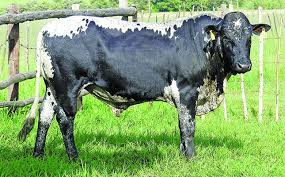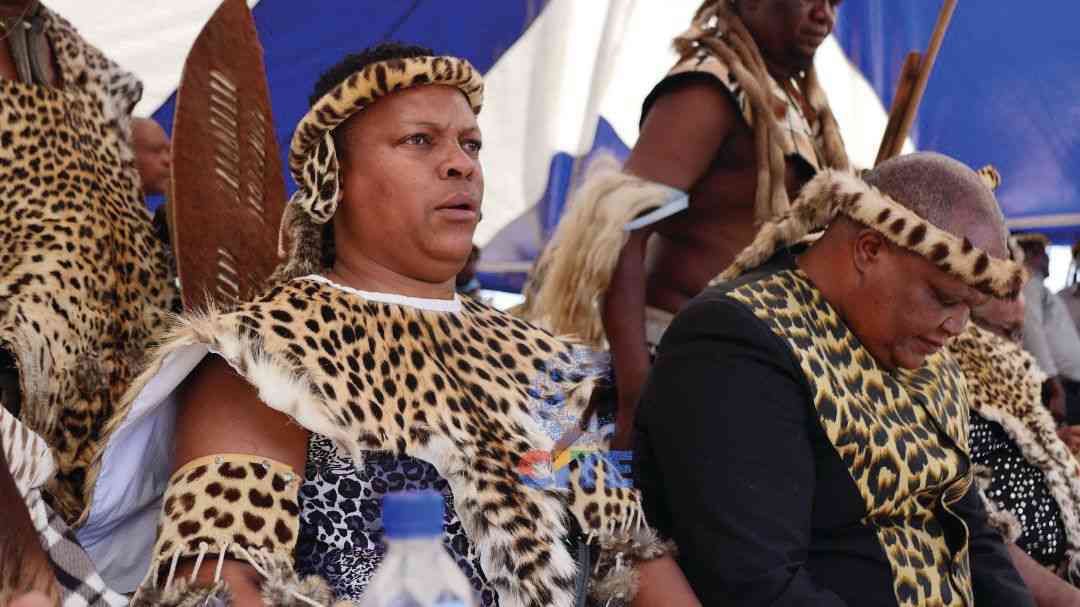
THE Nkone Cattle Breeders Association (NCBA) has revealed that the indigenous Nkone cattle offer a sustainable and commercially viable alternative for beef farmers grappling with rising input costs and climate-related challenges.
Originating from Matabeleland’s traditional herds, Nkone cattle are among Zimbabwe’s oldest indigenous breeds, tracing their lineage to the cattle brought by King Mzilikazi during the 1800s.
In the 1960s, the government research stations in Tsholotsho and Matopos formalised the breed by establishing a nucleus herd.
Known for their drought tolerance, disease resistance and adaptability to harsh grazing conditions, Nkone cattle were widely recognised for their performance in communal and ranching systems before their prominence declined during the land reform period.
In an interview with NewsDay Farming, NCBA director Tara Maidwell said the breed was regaining attention due to its economic efficiency and resilience.
“In the last five years, we’ve revived the Nkone breed to educate farmers that indigenous animals are exactly what Zimbabwe should be farming with,” she said.
“They are smaller-framed animals that finish quicker, requiring lower inputs while delivering higher outputs.”
She said the current push to revive the breed was driven by the need for low-input, high-efficiency livestock systems in a climate-stressed and economically constrained environment.
“You don’t need supplementary feed. They live and thrive on the natural veld,” Maidwell said.
“During last year’s drought, we didn’t lose a single animal. We only gave them two kilogrammes of roughage at night during the toughest period and they bounced back quickly.”
The association is also challenging perceptions about cattle size and profitability, urging farmers to prioritise productivity per hectare rather than focusing on larger breeds.
“There’s still a mindset that bigger is better, but you get more kilogrammes per hectare from smaller-framed animals like Nkone because of their efficiency and adaptability,” Maidwell said.
She added that Nkone cattle exhibit strong reproductive performance, with cows calving annually with minimal inputs.
The breed is also more tolerant of tick-borne diseases, though good herd management remains essential.
“Our animals have survived better than breeds not adapted to this environment, but nothing is completely disease-proof. Farmers still need to manage their herds effectively,” Maidwell added.
She identified a lack of awareness as the biggest challenge facing indigenous cattle breeders, saying more farmer education was needed to shift perceptions and encourage adoption of local breeds.
“Our biggest battle is education. Many farmers still believe that bigger is better and are unaware of the economic advantages indigenous breeds offer,” Maidwell said.
“Without proper awareness and training, it’s hard to change these perceptions and achieve widespread adoption of Nkone and other local cattle.”
The now defunct food security initiative, Famine Early Warning Systems Network, reported last September that over 3 500 cattle deaths were recorded in Matabeleland South province — the province most affected by drought-related livestock death — from June.
At the time, more than half of the cattle herd in the province was reportedly at risk.






